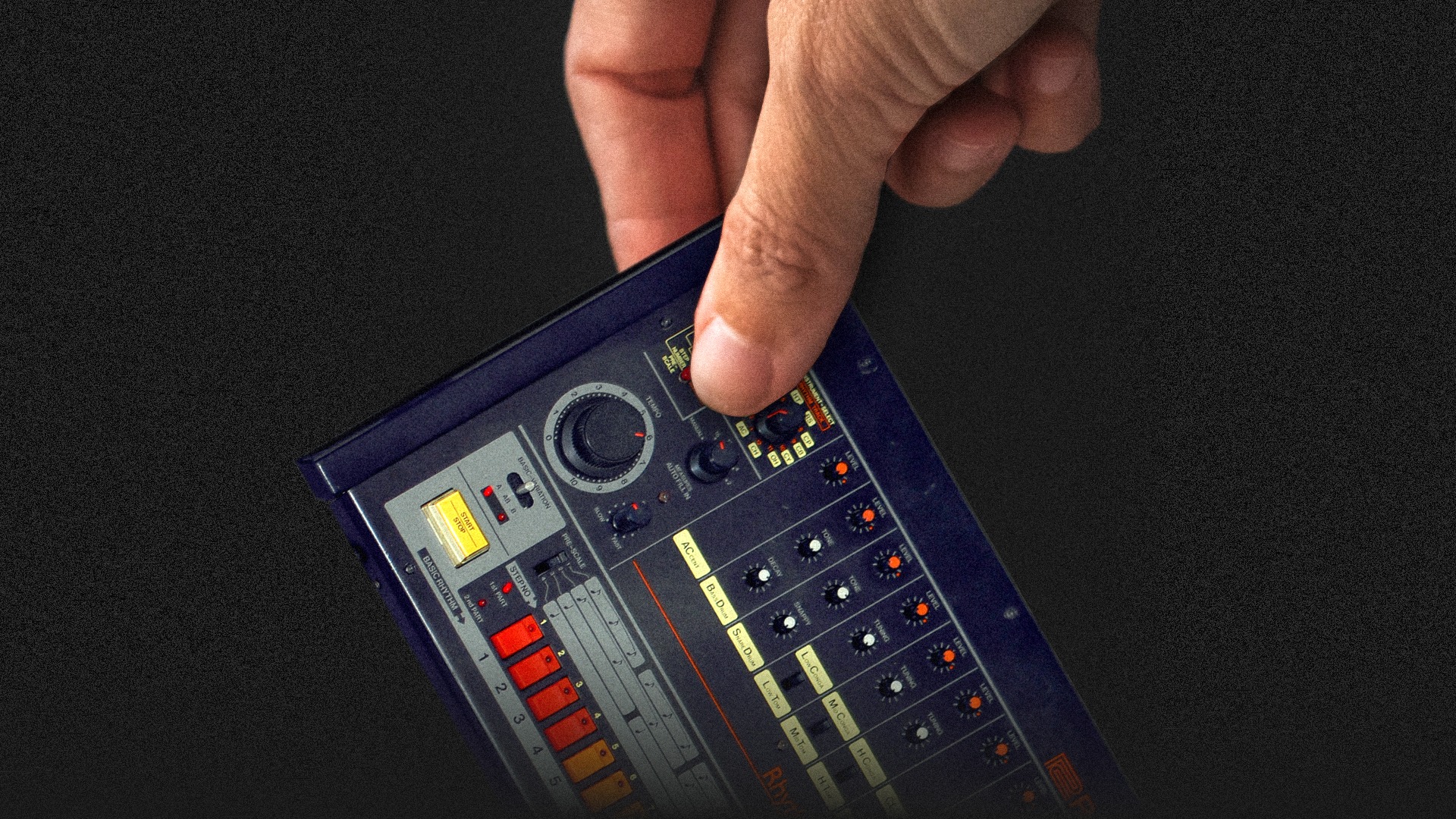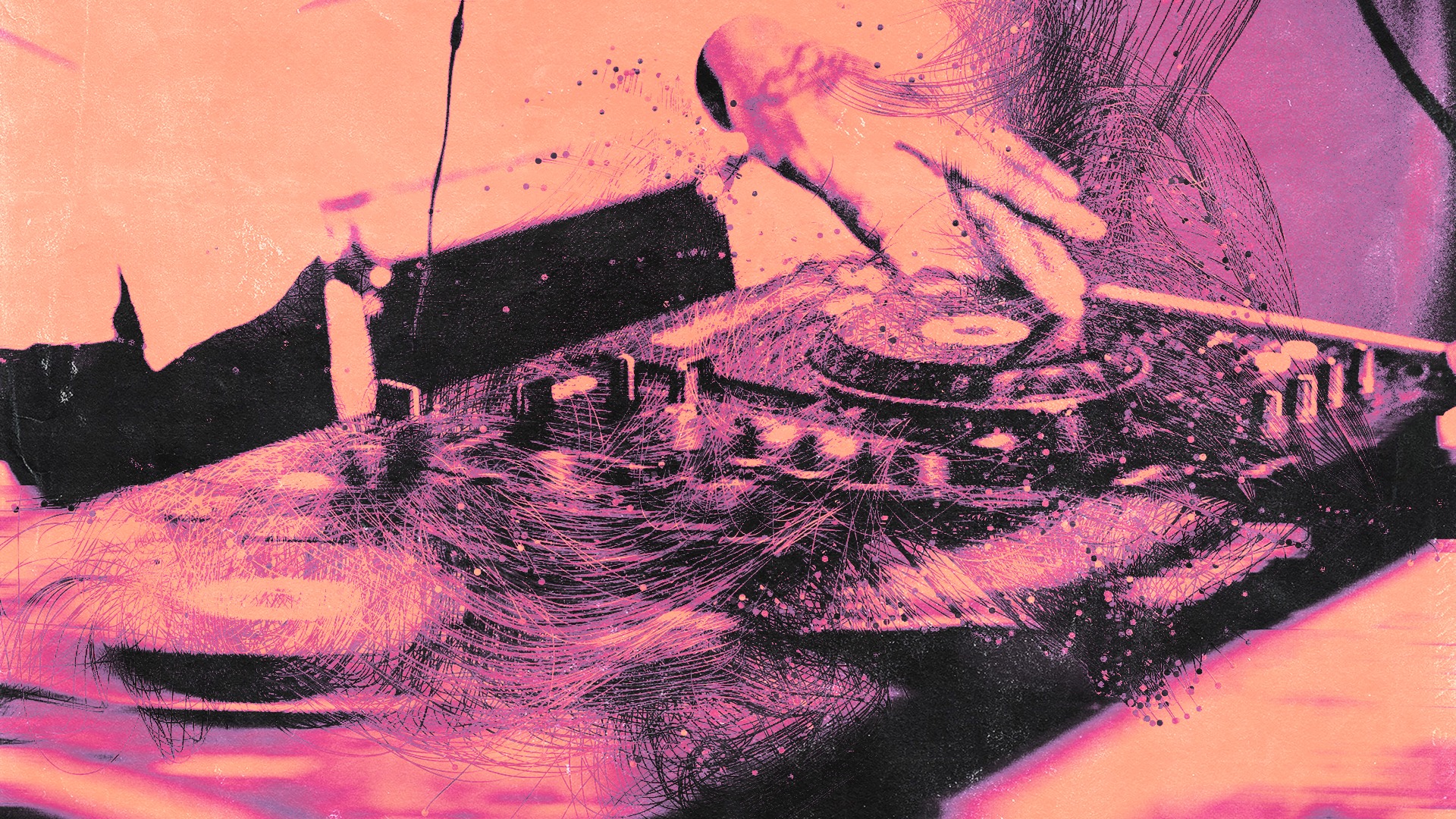
Sound Selection: How to Curate Samples and Make Better Beats

Beat making and samples go hand in hand—but curating samples and mastering the art of sound selection is so important to make good music.
Whether you’re writing looping ambient beats or making drill trap—chances are you’re going to use samples at some point in your workflow.
There’s millions of samples on todays’ royalty-free sample market places—and while that’s both exciting and inspiring, the reality is that sifting through sample pack after sample pack can be a serious creativity killer.
There’s nothing more soul-crushing than sifting through 200 kick samples in the middle of a beat-making session.
That’s why honing your sound selection skills is becoming the most important aspect of overcoming beat block.
There’s just so much selection out there that you need to be super specific and know what you want, or else you’ll waste your time trying to find that “one inspiring sample”.
To help you stop menu diving and start creating, here’s our best advice on curating your samples, sound selection and finding your own sound. Let’s get started!
Make sound selection easier with a folder system
Many of us are guilty of having a disorganized sample folder in our DAWs or grooveboxes—myself included.
One lapse in organization and all of a sudden you’re sifting through a folder of random sounds to try and find that shaker you liked a few months ago.
That’s why having a system for your sample folders will help you find the sounds you need to make your next beat faster.
Naming conventions and categories are useful, but so is dating your folders based on when you started using them and in which in projects they are found.
Having a hierarchy that splits into more specific categories is also useful—for example, start with something like “drum one-shots” and then break down into kicks, snares, claps, shakers, etc.
Or date your uploads and name them by project or samples, so you know when and where a certain sample was used or came from.
Having a system that you understand is better than having a folder called “Upload 6” with 300 random samples.
It’s up to you how you organize your samples, but having a system that you understand is better than having a folder called “Upload 6” with 300 random samples.
Curate before you start creating
Having an organized folder system is useful, but its never a bad idea to have a favorites folder with a bucket of signature samples you tend to gravitate towards—at least when getting started.
The goal of curating before you sit down with the intent of writing a beat is that you won’t have to start browsing for samples in the middle of your session.
Nothing kills creativity more than interrupting your beat-making flow state with a menu-diving sound selection mission.
Nothing kills creativity more than interrupting your beat-making flow state with a menu diving mission.
Instead, dedicate a period of time to browsing your samples or visiting a sample marketplace.
Then, go through your sample folders and pick out the samples you think will be useful when making your next beat.
Once you have your drums, synths and any other samples you need, you’ll be fully equipped to start writing your beat.
Get specific with your searches
There are literally tens of thousands of 808 kicks out there, it’s so easy to get lost in sample purgatory looking for the perfect 808 for your track.
So before you waste hours going through a hundred 808 samples, try to come up with a plan for the exact sound you’re looking for.
In the case of 808s, ask yourself: are you looking for a loop or one-shot, should it be a longer hit and pitched down, or a short higher-pitched thump, do you want distortion or a clean 808?
Answering these questions and identifying some keywords to search for in a large sample marketplace will help you get there faster.
And of course, this doesn’t just apply to 808s, you should try to be specific for anything you’re looking for—whether that’s ambient synths, jazzy Rhodes chords, house organs or trap hats.
Hot tip: LANDR Samples has excellent filtering and search features with tons of filter options and even a AI sample recommendation tool called Selector.
Actively listen to music and develop your taste
Knowing your taste is key for curating your sound—and the only way to know what music you love is by actively listening to other artists.
Take time to sit down and really listen to what the artists in your niche are doing—you should listen to your favorites, but also pay attention when you don’t like a track too.
Knowing your taste is key for curating your sound.
What are these producers doing that makes their sound so good, or not so good. Listen to the layers in a beat, what different elements are happening in the track?
Or pay attention to how the song is structured—when does the producer bring in the full kit, where is a riser coming in or out, when does the filter sweep drop back into the full mix?
Paying attention to the producers in your musical niche will hone your ears to listen for new ideas and give you the inspiration to replicate certain styles in your own music.
Don’t be afraid of leaning on other curators
Not all sample packs are created equal, that’s why sample pack curation has become a full-time job.
There’s no better feeling than sifting through a sample made by someone who knows what they’re doing and who inspires you.
Regularly checking for new releases from samples marketplaces like LANDR Samples is a great way to get a feel for which sample pack labels and curators suit your taste best.
Once you know which sample curator or labels are making the kinds of samples you want, select great new samples gets easier.
Starting with a blank slate can be refreshing
If you find yourself getting overwhelmed with sound selection, starting with a blank slate is never a bad idea.
Especially if you make beats with a sampler or groove box with limited memory, purging bad samples and clearing up space can be super refreshing and even inspiring.
Imagine working with a machine or in a DAW where every sample in your folder was inspiring and perfect for your sound in the moment.
Of course, that’s a bit of an unrealistic ideal—but for DAW users, plugins like the free LANDR Samples plugin can help with recommending interesting samples at the right time.
Plus the LANDR Samples plugin makes it easy to demo sounds without cluttering your samples folder or taking up space on your DAW.
Gear guides, tips, tutorials, inspiration and more—delivered weekly.
Keep up with the LANDR Blog.



